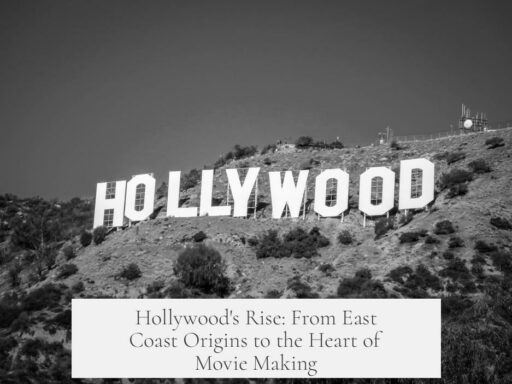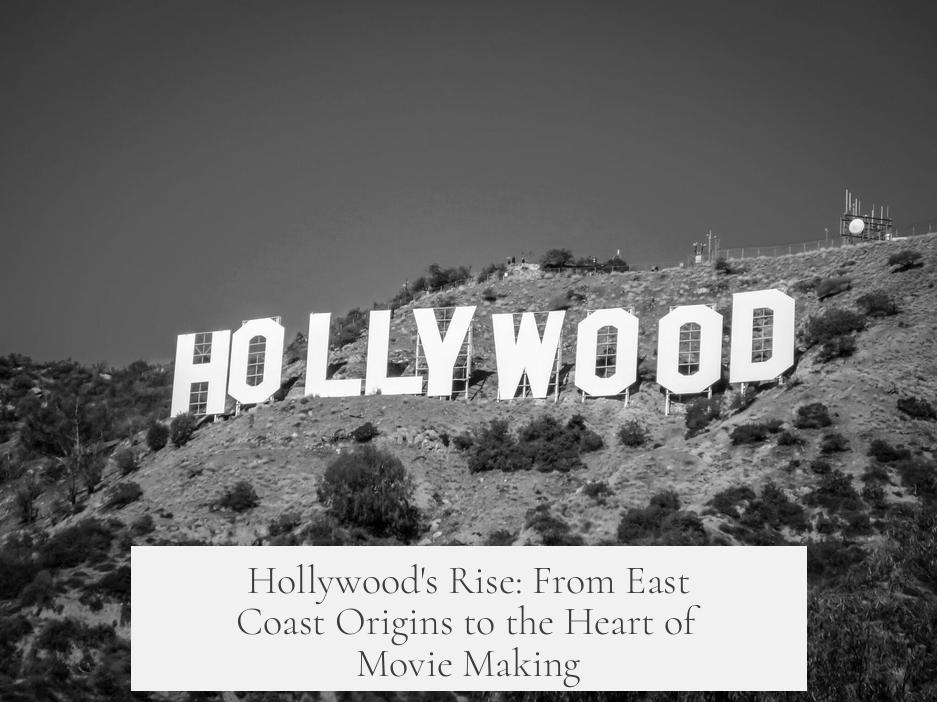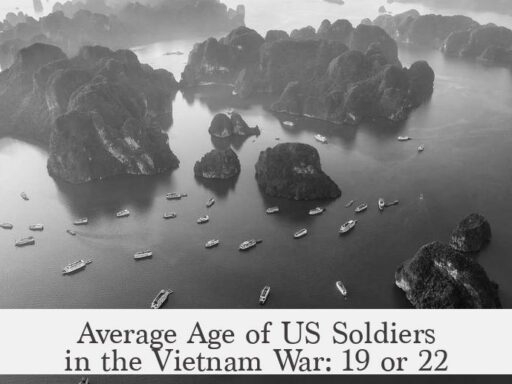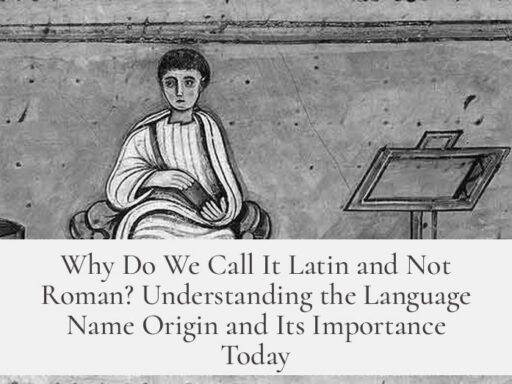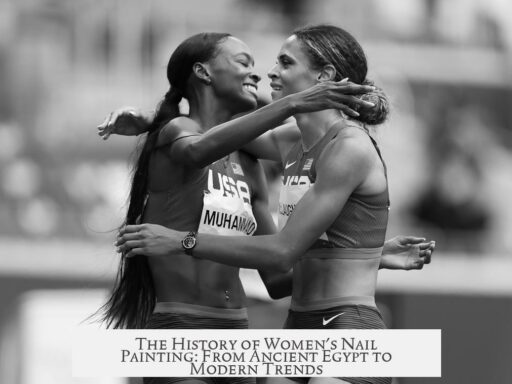Hollywood emerges as the movie-making capital of the world through strategic moves by early film companies seeking ideal conditions for production rather than escaping patent restrictions. Before 1910, the film industry was centered mostly in New York City and New Jersey. The Motion Picture Patents Company (Edison Trust), created by Thomas Edison and competitors to control filmmaking patents, had strong roots there. Contrary to popular belief, filmmakers didn’t flee the Trust to Los Angeles. Instead, several Trust members like Selig Polyscope and Biograph had already relocated west by 1909, establishing operations in Southern California.
William Selig, head of Selig Polyscope, played a pivotal role. Selig believed natural landscapes enhanced realism in films, especially Westerns, a popular genre then. In 1906, he considered a West Coast base and sent a crew to Los Angeles in 1909. Polyscope was the second most profitable U.S. producer before 1910, and by August 1909, it purchased the first film lot in LA history. The company produced fifty one-reel shorts by the year’s end.
By 1910, Polyscope added a permanent indoor studio to complement outdoor filming spaces. Selig explained the move was motivated by the natural scenery and consistent weather, which improved film quality. Real estate was cheaper and more expansive in Los Angeles than in New York or Chicago, where companies needed to grow but faced expensive, cramped space. L.A. offered ranches and farms for affordable studio lots.
Other Trust members like Vitagraph, Essanay, and Kalem expanded into LA by 1911. Independent producers followed these established companies rather than escaping them. The New York Motion Picture Company bought nearby land, creating a film community. Security concerns led to armed patrols protecting intellectual property from competing companies.
By early 1910, Biograph relocated its stock company to LA. Their old New York studio was too cramped and lacked expansion potential. The sunny Southern California climate offered better shooting conditions year-round, accommodating increased production needs.
As Southern California towns competed to attract film businesses, they offered favorable tax incentives and real estate deals. This competition intensified when Carl Laemmle, founder of Universal Pictures, advertised a studio move offer in 1914. Laemmle purchased over 600 acres on LA’s edge, creating ‘Universal City.’ This development solidified Los Angeles’ role as a major filmmaking hub. Hollywood, as the specific district name synonymous with movies, emerged in the 1920s.
Several myths have distorted this history. The idea that filmmakers moved to LA to avoid the Edison Trust is false. Both Trust members and independents relocated west, motivated by practical benefits like weather, space, and realistic backdrops. The claim that proximity to the Mexican border allowed for “quick getaways” from patent enforcers is inaccurate; Los Angeles lies about 150 miles from the border, making such escapes implausible.
| Key Players | Contributions |
|---|---|
| William Selig (Selig Polyscope) | First to build studios in LA; purchased first lot in 1909; emphasized natural scenery and outdoor filming. |
| Biograph Company | Moved studios to LA in 1910; expanded production space; utilized Southern California climate. |
| Carl Laemmle (Universal Pictures) | Founded Universal City in 1914; spurred large-scale studio development. |
- Before 1910, film industry centered around NYC and New Jersey.
- Early move to LA by Edison Trust members, not independents escaping patent control.
- William Selig pioneers use of LA for natural settings and climate.
- LA offers affordable real estate and space, enabling studio expansion.
- Other companies quickly follow, creating film clusters.
- Southern California towns compete financially to attract studios.
- Universal City’s creation in 1914 cements LA’s film capital status.
- Hollywood becomes synonymous with film industry in the 1920s.
How did Hollywood emerge as the movie making capital of the World?

Hollywood became the center of the movie industry because early film companies moved there attracted by Southern California’s perfect weather, beautiful natural scenery, affordable land, and room to grow. Pioneering producers like William Selig led the way by setting up permanent studios, and others followed, eventually making Los Angeles synonymous with filmmaking. But there’s much more to this story than the usual “gangsters on the run escaping Edison’s patents” myth you might have heard.
Let’s dive into how Hollywood took center stage in motion pictures, uncovering what really happened and clearing up some common misunderstandings.
From East Coast Beginnings to the West Coast Wonder
Before the 1910s, the movie business was mostly bustling around New York City and New Jersey. Thomas Edison’s company was headquartered there and dominated the early scene. Other cities like Chicago also had small filmmaking hubs, but metro New York was the heavyweight champion of filmmaking in North America.
You’d expect early filmmakers to stick close to their roots, right? Yet by 1909, a surprising migration started unfolding westward. Why? The answer isn’t what you think.
The Edison Trust Escape? Not Exactly.
Many explain Hollywood’s rise as a creative getaway for independent filmmakers fleeing Edison’s tight control over film patents. This so-called “Edison Trust” – officially the Motion Picture Patents Company – tried to monopolize film technology, making life tough for outsiders.
Here’s the kicker: the Trust members themselves moved to Los Angeles early on. Companies like Selig Polyscope and Biograph, both Trust giants, had studios in L.A. before 1910. By 1911, Vitagraph, Essanay, and Kalem, all Trust members, were also rolling cameras in Southern California.
So independents didn’t dash west to hide. They followed the Trust members out there! The move wasn’t about rebellion; it was about opportunity.
William Selig: The Pioneer Who Knew Where the Sun Shines
William Selig, head of the Selig Polyscope Company, was perhaps the single most important figure in kicking off Hollywood’s rise. Selig was a firm believer that films needed natural settings for more believable storytelling. And the East Coast? Its concrete jungles weren’t cutting it.
By 1906, Selig’s western films were wildly successful, prompting him to explore a base closer to the actual mountains, deserts, and ranches they portrayed. In March 1909, he sent a film crew to Los Angeles. By August 26, 1909, Selig Polyscope purchased the first-ever movie studio lot in L.A.
The company ramped up quickly: by year’s end, they’d churned out 51 one-reel shorts in Los Angeles. The plan was clear – produce films both in Chicago and in Southern California. By the next year, they’d built a permanent indoor studio on their L.A. property to back up their outdoor lots.
Why Was Los Angeles So Attractive?
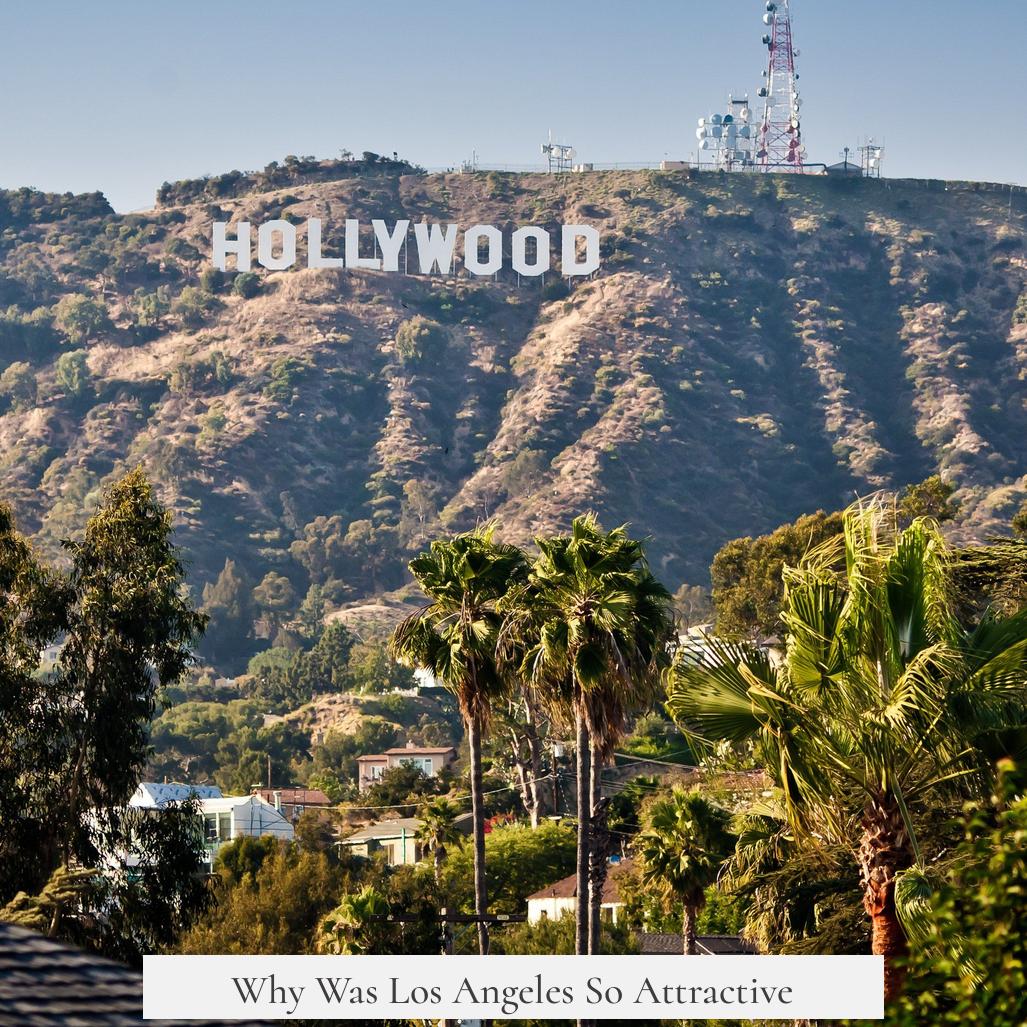
Selig himself explained that the move was about realism. Filming on location, in natural landscapes, gave movies a sense of authenticity lacking in studio-bound shoots.
“Our studios and stables in Chicago extend over five acres, and we have another five acres in Los Angeles, where we get our best scenic effects from. We believe in giving the public the most realistic picture we can get…”
Besides stunning scenery, L.A.’s year-round sunny weather meant no filming delays, unlike the unpredictable East Coast seasons. The land was less expensive. Film companies could buy entire ranches instead of cramped city lots.
Filmmakers also found a decent supply of talent and materials nearby. All these factors made L.A. the smart choice for expanding companies.
Others Catch the West Coast Fever
After Selig, other companies quickly realized the advantages. An independent named New York Motion Picture Company bought a lot near Selig’s studio by the end of 1909. Biograph Company, a Trust member, arrived in January 1910 to escape cramped New York facilities and to tap into the good weather.
Competition was fierce. Studios guarded secrets closely. MGM director Robert Leonard reportedly patrolled locations armed with a gun to keep rivals from surreptitiously filming their productions. The stakes were high.
Local Towns Roll Out the Red Carpet
By the mid-1910s, movies were becoming big business in Southern California. Small towns around L.A. competed to attract studios, offering tax breaks and cheap real estate. Carl Laemmle answered the call spectacularly.
In 1914, Laemmle announced he would move his studio to whichever town offered the best deal. He settled on a spot he renamed “Universal City” – a massive 600-acre studio complex that cemented the region’s status in the film industry. From that point on, Los Angeles was inseparable from movie-making.
Hollywood: The Name That Became Legend
Interestingly, the name “Hollywood” itself wasn’t synonymous with movies right away. It took almost another decade for Hollywood – a specific district in Los Angeles – to become the cultural epicenter of filmmaking, truly symbolizing the industry we know today.
Busting Myths: No Fast Mexican Border Getaway, Please
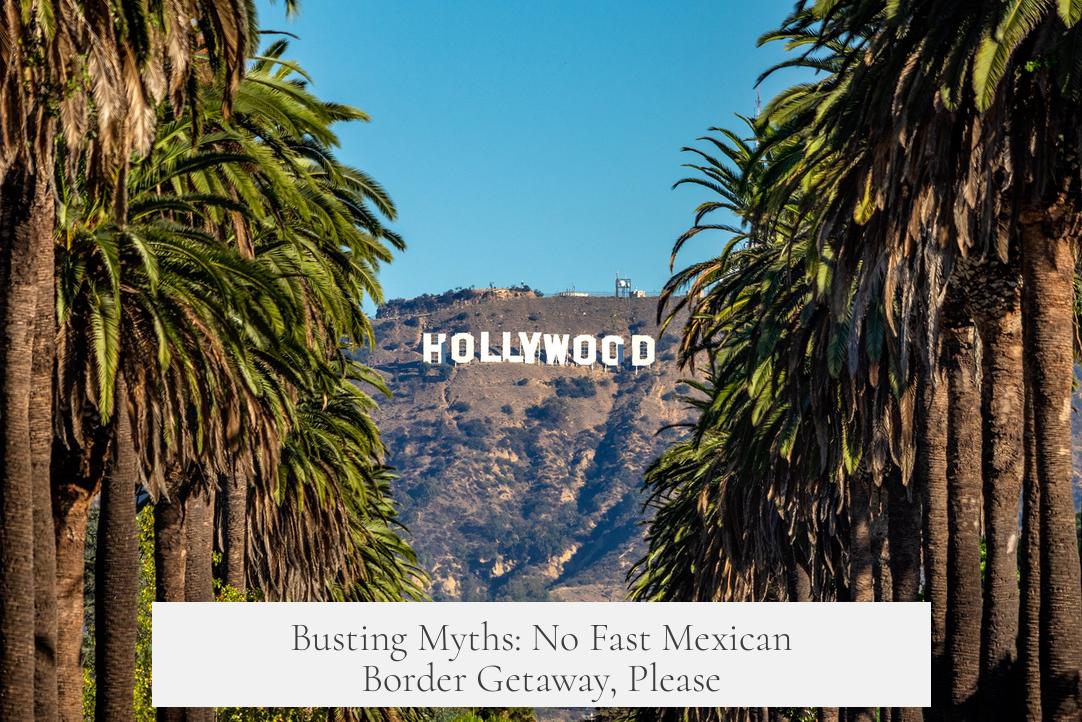
Popular stories claim that independent filmmakers chose L.A. for quick escapes across the Mexican border when facing patent wars. This is easily debunked. Los Angeles sits roughly 150 miles from Mexico – not exactly a convenient sprint for fugitives.
These myths started circulating in the 1930s, partly due to misinformation and oversimplifications. Benjamin B. Hampton’s 1931 book claimed Selig was an independent on the run and that others followed to evade Edison’s troublemakers. It makes a good story, but the facts disagree.
Summing It Up: The Real Hollywood Origin Story
| Factor | Impact |
|---|---|
| Natural Scenery & Climate | Allowed realistic filmmaking with year-round shoots |
| Affordable and Expandable Land | Studios could build outdoor facilities and grow operations |
| Early Movers (Trust Members & Independents) | Established a cluster effect—everyone wanted in |
| Local Incentives | Cheaper taxes and real estate lured studios and raised stakes |
| Selig Polyscope’s Influence | Pioneered West Coast studio setup and convinced others |
| Industry Growth & Institutionalization | Universal City & studios formalized Hollywood’s status |
So, Hollywood didn’t just magically appear on the map overnight. It was a calculated, well-planned shift led by savvy businessmen who understood the benefits of location, climate, cost, and the desire to tell stories the right way. Early Trust film giants moved west, independents followed, and towns competed fiercely to host the golden age of cinema.
Next time someone tells you Hollywood rose because filmmakers were fugitives plotting in the shadows, you can confidently share the truth: it all boils down to practicality meeting creativity under the endless California sun.
What if modern filmmakers took inspiration from Selig and friends? Natural locations, investment in infrastructure, and community support still matter greatly. Hollywood’s story reminds us that location and visionary leadership can change an entire industry.
Why did early filmmakers choose Los Angeles over New York for movie production?
Los Angeles offered diverse natural scenery ideal for realistic films. The weather was better for filming year-round. Also, land was cheaper and more available compared to crowded, expensive East Coast cities.
Was moving to Los Angeles a way for filmmakers to avoid the Edison Trust?
No. Many producers who moved west, like Selig Polyscope and Biograph, were members of the Edison Trust. Independent filmmakers actually followed the Trust members rather than fleeing them.
What role did William Selig play in Hollywood’s rise?
Selig led Selig Polyscope, which was highly profitable before 1910. He believed in using natural locations, started Westerns filmed on the West Coast, and bought the first movie lot in L.A. in 1909, driving early growth there.
How did Southern California towns attract film studios?
Towns competed by offering tax breaks and cheap land. Carl Laemmle famously bought land to create Universal City after seeking the best local deals. This helped cement L.A. as a film hub.
When did Hollywood become known as the movie capital?
The link between Hollywood and the movie industry solidified in the 1920s. Before that, the area was just one of several locations in Los Angeles used by studios. Universal City’s creation in 1914 was key to this identity.
